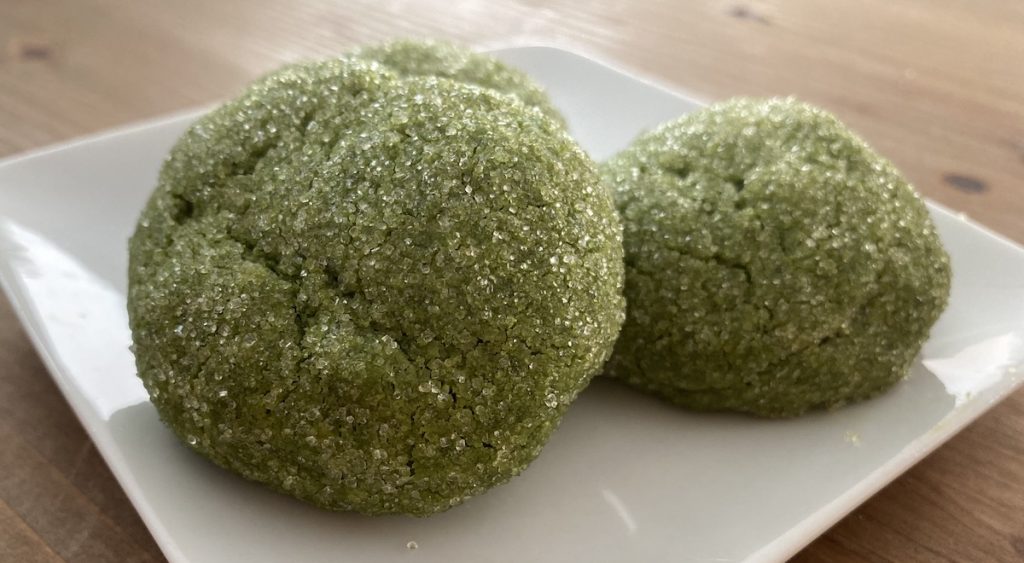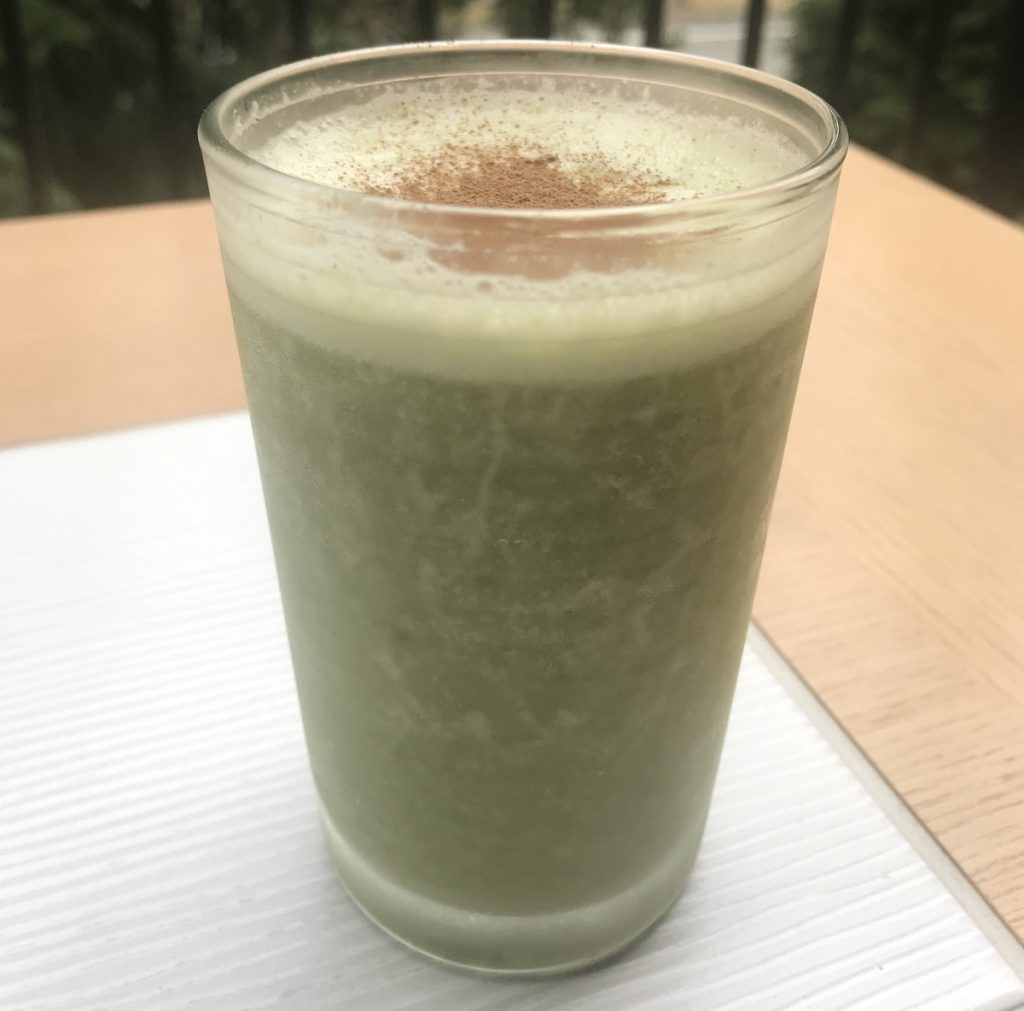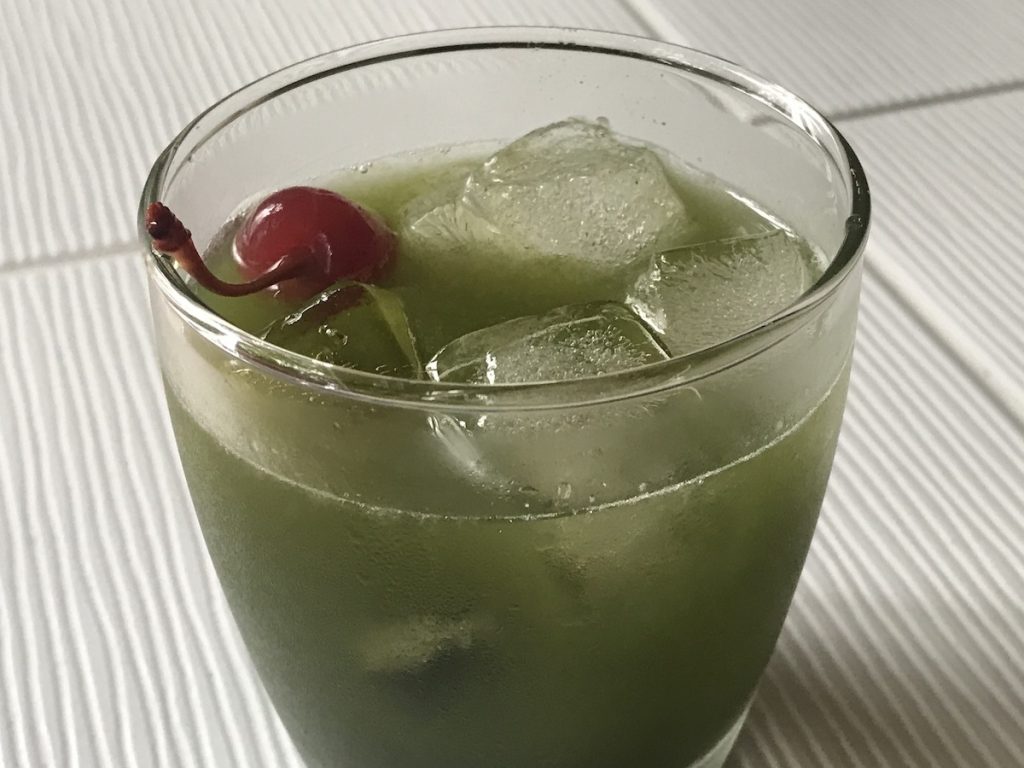Adding matcha into your life is not only tasty but also has some health benefits! One such benefit is the high amount of catechin which is an antioxidant believed to help fight cancer. However, aside from the health benefits, matcha also tends to be lower in caffeine than coffee — but there is a catch. The caffeine in matcha is slowly released over a longer period of time: this slow release helps you avoid a coffee crash, but the caffeine effects stay with you a lot longer. So be careful what time of day you enjoy matcha, if you are sensitive to caffeine.
With that in mind, let’s dive in! We will start with a basic guide for buying matcha, and then explore ways to add matcha throughout your week. (That goes beyond just mixing with water and drinking!)
Matcha Buying Guide: (highlights)
-
Country of Origin: For highest quality only purchase matcha using tea grown in Japan. The Kyoto and Aichi prefectures are regions known for their quality.
-
Color: The color should be bright and not dull. Look for matcha that is green without a brown or yellow hue.
-
Grind: Should be finely ground preferably by stone milling. Stone milling eliminates the risk of overheating the leaves during the grinding process. Overheating can alter the flavor.
-
Price: Admittedly, I love a good deal and unfortunately, matcha is one item where I have to resist that urge. While you absolutely don’t need the best, the cost can indicate the quality and flavor. And trust me, quality makes a big difference in flavor, so be prepared during checkout.
-
Grade (Ceremonial versus Culinary): Unfortunately, there is no standard grading system for matcha. Every brand has a system which makes things…well, complicated. But there are usually two broad categories.
-
Ceremonial: Typically the highest grade made from the 1st harvest (also known as Spring harvest) tea leaves. This is usually reserved for the traditional style consumption of mixing matcha with hot water. Ceremonial grade is smoother, sweeter, and less astringent, which is perfect when drinking without any extras.
-
Culinary: Typically a lower grade made from the later 2nd or 3rd harvest (also known as Summer and Autumn harvest) tea leaves. This is used for lattes or baking where the stronger, more bitter flavor can be beneficial.
-
-
Organic (my preference): Since matcha is a ground tea leaf, I prefer a brand that is organic to eliminate the chemicals.
While I don’t purchase top ceremonial grade (since I really don’t need that level of matcha), I do look for a 1st harvest matcha using less premium leaves. I have tried using different harvests but I prefer the flavor of the 1st harvest. My current brand that I am very happy with is Midori Spring “Emerald Class” matcha. I use it for drinking and for baking, while also shaving some of the cost.
Add Matcha to Your Favorite Recipes
I personally love taking my favorite recipes and modifying them for a fun uplevel. Not only can the color be pretty, but it is so delicious and oh, so easy! Here are some tips and recipes for you the next time you find yourself in the kitchen with some matcha in hand.
Baked Goods
Let’s take Sugar Cookies. Here is how I transformed the recipe into a wonderful dessert to serve after a meal.

- Add 1-2 Tbs of matcha to the dry ingredients
Mix the dry ingredients in a separate bowl with the matcha and thoroughly mix together. (I use a whisk to do this.) You are set to add your dry ingredients into wet ingredients per your recipe! - TIP — My general rule is to add 2 tbs of matcha for every 2 cups of flour. This is a loose guideline based on taste AND grade of matcha. A culinary grade matcha may need less. Too much matcha and the bitterness will overpower so be careful the first time around.
- TIP — Dough Consistency
I typically add my matcha in addition to the original amounts called for by the recipe. However, you can help dough consistency by reducing the amount of flour by the amount of matcha you intend to use. An example would be if adding 2 tbs of matcha to a recipe, then reduce the amount of flour by 2 tbs.
Takeaway: Adding 1-2 tablespoons matcha to your dry goods and mixing is all you need to remember! Don’t be afraid to try cakes, pancakes/waffles, etc…There are a number of items that can be transformed by following the same basic rule.
Smoothies
Another favorite is adding matcha to smoothies. I have a favorite frozen drink that I make that is not only very simple but refreshing and tasty.

Matcha Smoothie Courtesy of Annalisa Pao
- 1 Ripe Banana
- 1 Cup Ice
- 1 Cup Milk or Non-dairy Substitute or Water
- 1 Tsp Matcha
- 2 Tbs Hemp Seed (Optional, highly recommended if using water)
- 1-3 Tsp Maple Syrup or Sweetener to taste (Optional)
Blend the above until desired consistency. Enjoy! (Sprinkle cinnamon on top for additional flavor and color!)
Takeaway: Adding ~1 teaspoon Matcha to your smoothie and blending should do the trick. However not all smoothies pair well.
Keeping it simple will help.
Cocktails
And finally, for those of you over 21…..how about a Matcha Whiskey Sour? My daughter (Yes, she is over 21 and certified in bartending!) crafted this for me!

Matcha Whiskey Sour Courtesy of Christina Pao
- 4 Tsp Freshly Squeezed Lemon Juice
- ¼ Tsp Matcha
- ~½ oz Simple Syrup
- 1½ oz Whiskey
Add all the ingredients and dry shake well. (Dry shake = shaker is without ice) Once the matcha is fully incorporated, add ice to the shaker and shake again! Pour into a serving glass (and if you want, add a maraschino cherry to add a pop of color to this beautiful green cocktail). Enjoy!
Takeaway: Adding ¼ tsp matcha adds color and nice flavor to a cocktail but dry shake to avoid clumping.
Those are just a few ideas but there are so many more. For instance, my daughter Annalisa makes amazing matcha ice cream (which might have to be included in a video during one of her breaks)! Experiment and see what you come up with! And, as always, let me know how it goes!

